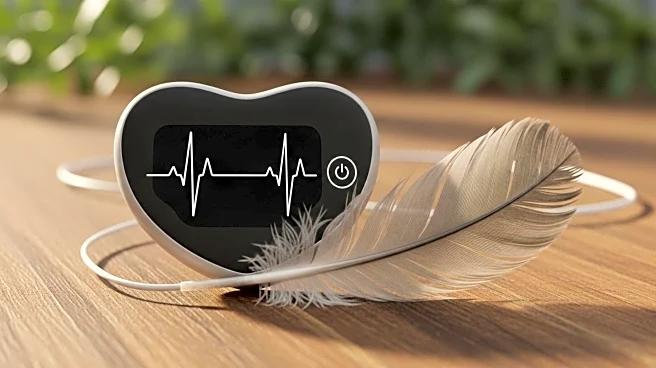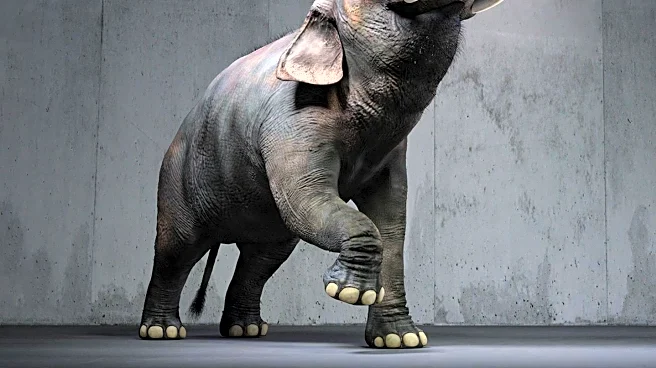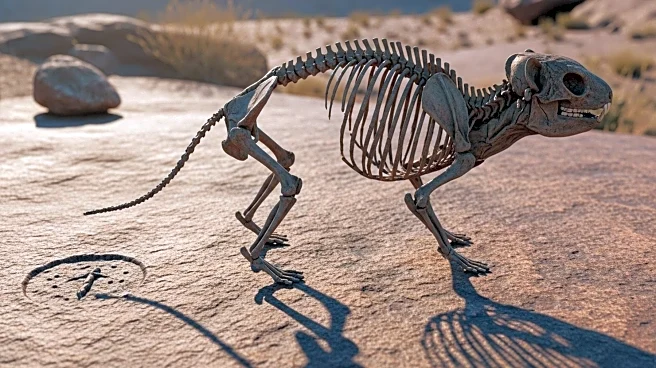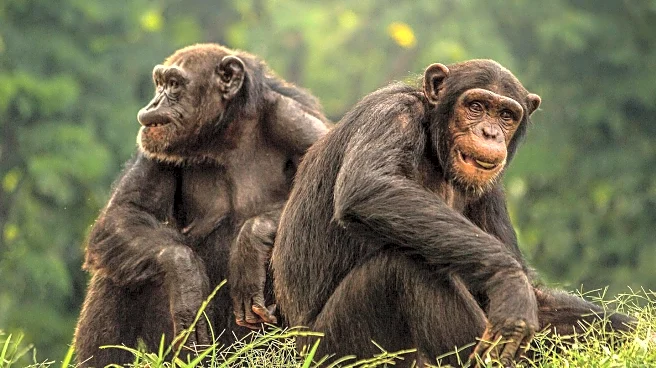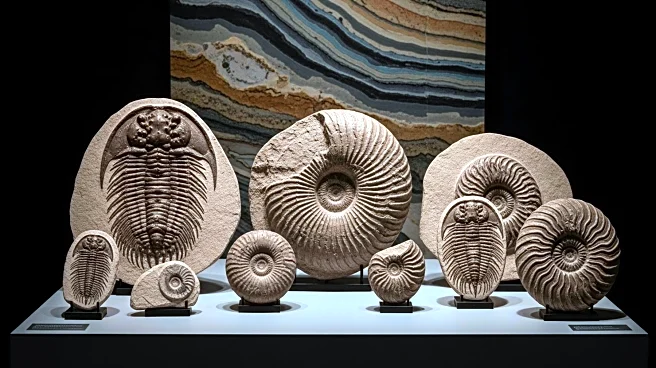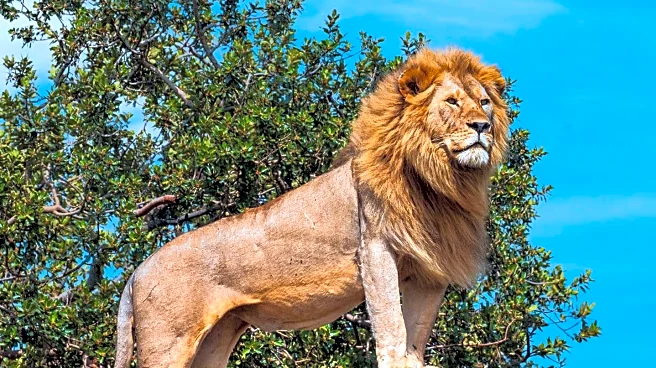What is the story about?
What's Happening?
Smithsonian biologists are employing heart-monitoring devices, originally designed for humans, to investigate stress levels in animals. The research aims to understand how elevated stress can impact animals' ability to thrive in their natural habitats. This innovative approach allows scientists to gather precise data on heart rates and stress responses, providing insights into animal behavior and health. The study is part of a broader effort to enhance wildlife conservation strategies by understanding the physiological challenges animals face.
Why It's Important?
The use of human heart-monitoring technology in wildlife research represents a significant advancement in conservation science. By accurately measuring stress levels, biologists can better assess the health and well-being of animal populations, leading to more effective conservation efforts. This research could inform policies and practices aimed at reducing stressors in natural environments, ultimately aiding in the preservation of biodiversity. The findings may also contribute to understanding the impact of environmental changes on wildlife, offering a scientific basis for ecological interventions.
AI Generated Content
Do you find this article useful?
